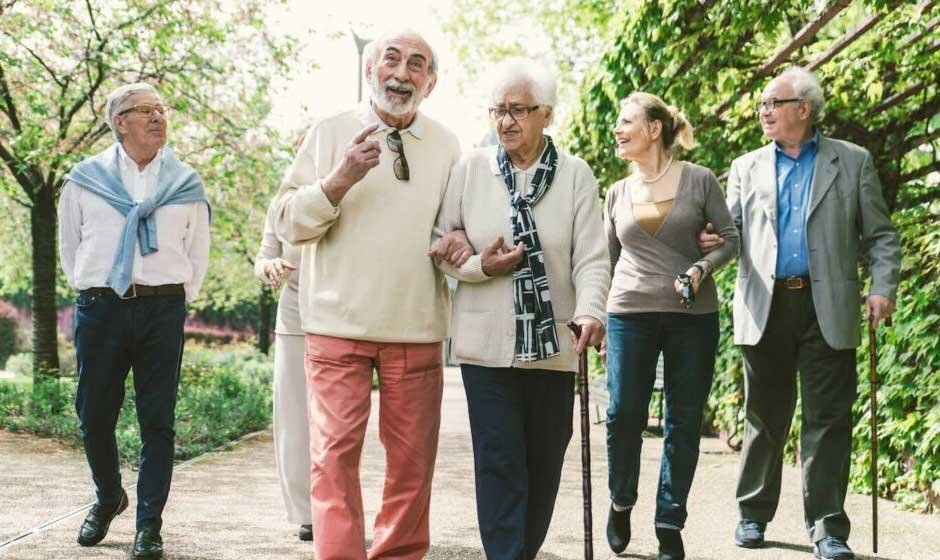As loved ones grow older and become increasingly dependent, they need social and physical support to improve their overall well-being and quality of life. That said, maintaining meaningful connections with aging loved ones can be challenging for close family and friends who lead busy lives. However, they can take advantage of a retirement community.
The greatest benefits of community living for seniors are that the environment is designed to provide a foundation for support networks that contribute to their well-being. This article highlights important factors of senior living communities that make support networks effective and sustainable.
Welcoming Physical Amenities
Seniors often face challenges such as limited mobility and prolonged health challenges. As such, they require an environment that can foster social connections to prevent them from feeling isolated or helplessness. However, community living for older adults can prevent these challenges.
The best senior living communities are designed to provide welcoming common areas such as lounges, gardens, shared dining rooms, libraries, pools, and more. Since these amenities are designed with seniors in mind, they act as natural gathering spots where aging loved ones can interact and create meaningful friendships.
Engaging Social Events
To encourage interaction and build support networks, the management of senior communities organizes structured events such as book clubs, music festivals, gardening clubs, and walking groups. These social activities encourage seniors with similar interests to connect and spend time together.
As seniors pursue their shared interests, they learn from each other and enjoy social support that goes beyond their daily activities. Some senior communities also schedule engagement events to welcome newcomers and pair them with established residents to ease their transition and make them feel at home.
Fitness Programs
A community living facility for seniors includes fitness programs involving jogging, swimming, yoga, and walking. In addition to helping with overall physical health and improved mobility, such fitness programs encourage social interactions. Thanks to the supportive community and environment, seniors can exercise freely under the guidance of competent fitness trainers.
Community fitness programs make exercising more engaging, unlike a solo daily workout routine. Residents often look forward to physical activities that make them feel part of a welcoming social network. Physical activities strengthen their body structure and muscles and improve their mood and sleep.
Leadership Roles and Resident Involvement
When aging loved ones move into senior living communities, they want to create meaningful connections and have a sense of purpose. Support networks become even stronger when residents can participate in making decisions that shape their everyday lives. The good news is that reputable senior communities involve residents in decision-making to improve their lives. This is where leadership councils come into the picture.
The residents who join these councils can meet regularly to discuss concerns, suggest improvements, and offer valuable feedback about life in the facility. This advocacy improves the residents’ well-being, eliminates feelings of helplessness. It also allows residents to relate better with the staff and support network. Leadership roles also help seniors expand their knowledge and stay active.
Support networks are the cornerstone of an empowered and happy senior living community. Beyond mental health, social networks help seniors develop a sense of purpose and lead a fulfilling life. As such, creating effective social networks in senior living communities is crucial to the overall well-being of all residents. So, families looking for senior communities should choose one that prioritizes social support.










